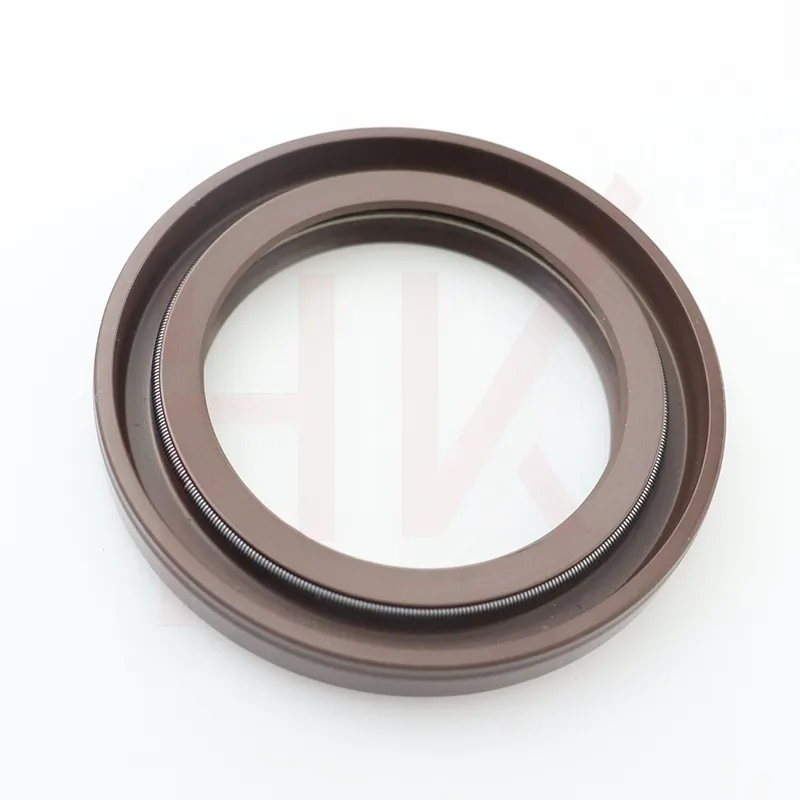Oct . 12, 2024 03:18 Back to list
hydraulic seal repair
Understanding Hydraulic Seal Repair A Comprehensive Guide
Hydraulic systems are vital in numerous industries, driving machinery and equipment that require precision and power. However, seals are crucial components that ensure the efficient operation of these systems, preventing leaks and maintaining pressure. Over time, hydraulic seals can wear out or become damaged due to excessive pressure, environmental factors, or poor lubrication. When this happens, a hydraulic seal repair becomes necessary to maintain system efficiency and prolong equipment lifespan.
Identifying Seal Damage
The first step in hydraulic seal repair is identifying the signs of seal damage. Operators may notice fluid leaks, decreased pressure, or unexpected fluctuations in equipment performance. Often, visual inspections can reveal issues like cracks, cuts, or deformation in the seal material. In some cases, piston movement might become sluggish or erratic, indicative of a compromised seal. Addressing these issues promptly can prevent further damage to the hydraulic system.
Types of Hydraulic Seals
There are various types of hydraulic seals, including O-rings, U-cups, and piston seals, each designed for specific applications and pressures. Understanding the type of seal being used is essential when planning a repair. Selecting the correct replacement seal involves considering the material (such as rubber, polyurethane, or PTFE) and the seal's dimensions to ensure a proper fit.
hydraulic seal repair

Repair Process
Once the damage is assessed, and the appropriate seal is acquired, the repair process can begin. It’s crucial to relieve any pressure in the hydraulic system and drain the fluid before starting. After ensuring safety, the damaged seal can be removed. This may involve disassembling components of the hydraulic system, which should be done carefully to avoid causing additional damage.
After removing the old seal, it’s essential to clean the sealing surface thoroughly. This eliminates debris, grime, or residual seal material that could affect the effectiveness of the new seal. When installing the new seal, it’s crucial to apply a suitable lubricant, which helps prevent damage during installation and ensures proper functioning.
Prevention and Maintenance
While hydraulic seal repair can restore functionality, preventive measures can significantly extend the lifespan of seals. Regular inspections and maintenance schedules can help identify wear before it leads to failure. Keeping hydraulic systems clean and ensuring they operate within recommended pressure limits reduce the risk of seal damage. Moreover, using high-quality hydraulic fluids and ensuring proper lubrication will enhance seal longevity.
In conclusion, hydraulic seal repair is an essential aspect of maintaining the efficiency and durability of hydraulic systems. By understanding the signs of seal damage, selecting the right replacement, and following proper repair procedures, operators can ensure their equipment remains in optimal condition. Additionally, implementing preventive maintenance practices will not only save time and costs associated with repairs but also enhance overall operational reliability.
-
TCN Oil Seal Metal Ring Reinforcement for Heavy Machinery
NewsJul.25,2025
-
Rotary Lip Seal Spring-Loaded Design for High-Speed Applications
NewsJul.25,2025
-
Hydraulic Cylinder Seals Polyurethane Material for High-Impact Jobs
NewsJul.25,2025
-
High Pressure Oil Seal Polyurethane Coating Wear Resistance
NewsJul.25,2025
-
Dust Proof Seal Double Lip Design for Construction Equipment
NewsJul.25,2025
-
Hub Seal Polyurethane Wear Resistance in Agricultural Vehicles
NewsJul.25,2025
-
The Trans-formative Journey of Wheel Hub Oil Seals
NewsJun.06,2025
Products categories
















